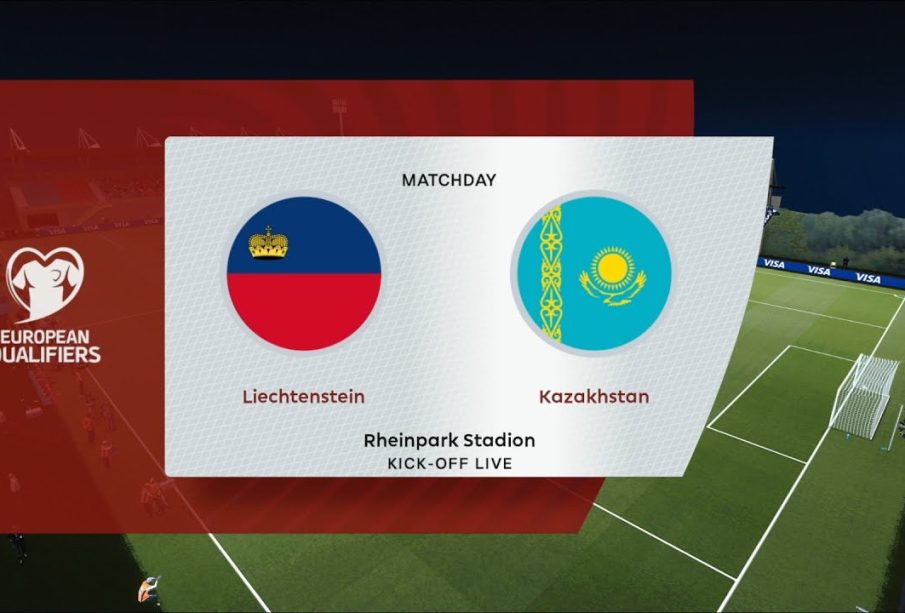Liechtenstein vs Kazakhstan: A Comparative Analysis

Introduction
The distinct nations of Liechtenstein and Kazakhstan may appear worlds apart, yet they offer fascinating contrasts in culture, economy, and geography. Understanding these differences is crucial for anyone interested in international relations, economic studies, or cultural diversity. This article delves into these two countries, uncovering their unique attributes and ongoing developments.
Geographical Overview
Liechtenstein is a small, landlocked alpine country situated between Switzerland and Austria. Spanning only about 160 square kilometres, it is known for its mountainous terrain and picturesque landscapes. In contrast, Kazakhstan is the largest landlocked country in the world, covering over 2.7 million square kilometres, stretching across Central Asia and Eastern Europe. The vast steppes and the Caspian Sea form significant elements of Kazakhstan’s geographical footprint.
Political Structure
Liechtenstein operates as a constitutional monarchy, with Prince Hans-Adam II holding significant powers alongside a parliamentary system. The country enjoys a stable political environment and maintains strong neutrality in international conflicts. Conversely, Kazakhstan is a republic with a presidential form of government. Following its independence from the Soviet Union in 1991, Kazakhstan has experienced significant political reforms, although criticisms regarding human rights practices continue to emerge.
Economic Landscape
Economically, Liechtenstein is known for its strong financial services sector, which makes up a large share of its GDP. The country provides a favourable tax environment, attracting numerous international companies. Kazakhstan, on the other hand, boasts a resource-rich economy with substantial deposits of oil, natural gas, and minerals. In recent years, the government has focused on economic diversification and attracting foreign investment to foster sustainable growth.
Cultural Insights
Liechtenstein’s culture is heavily influenced by its German-speaking heritage and is characterised by traditional festivals and culinary delights. In contrast, Kazakhstan has a diverse cultural tapestry, shaped by various ethnic groups, including Kazakhs, Russians, and Uzbeks, contributing to rich traditions, music, and art forms.
Recent Developments
Recent news reflects increasing international interest in Kazakhstan, especially in the context of its economic reforms and diplomatic relations with major powers. Meanwhile, Liechtenstein remains a stable haven for business and a retreat for those seeking peace amidst the European landscape. Events in both countries are reflective of their respective paths toward progress and adaptation in a rapidly changing world.
Conclusion
The comparison between Liechtenstein and Kazakhstan unveils a complex narrative of two nations that, despite their differences, share the common goal of fostering development and enhancing their roles on the global stage. As both countries navigate their economic and political landscapes, understanding these contrasts will continue to be significant for scholars, investors, and policymakers alike.







